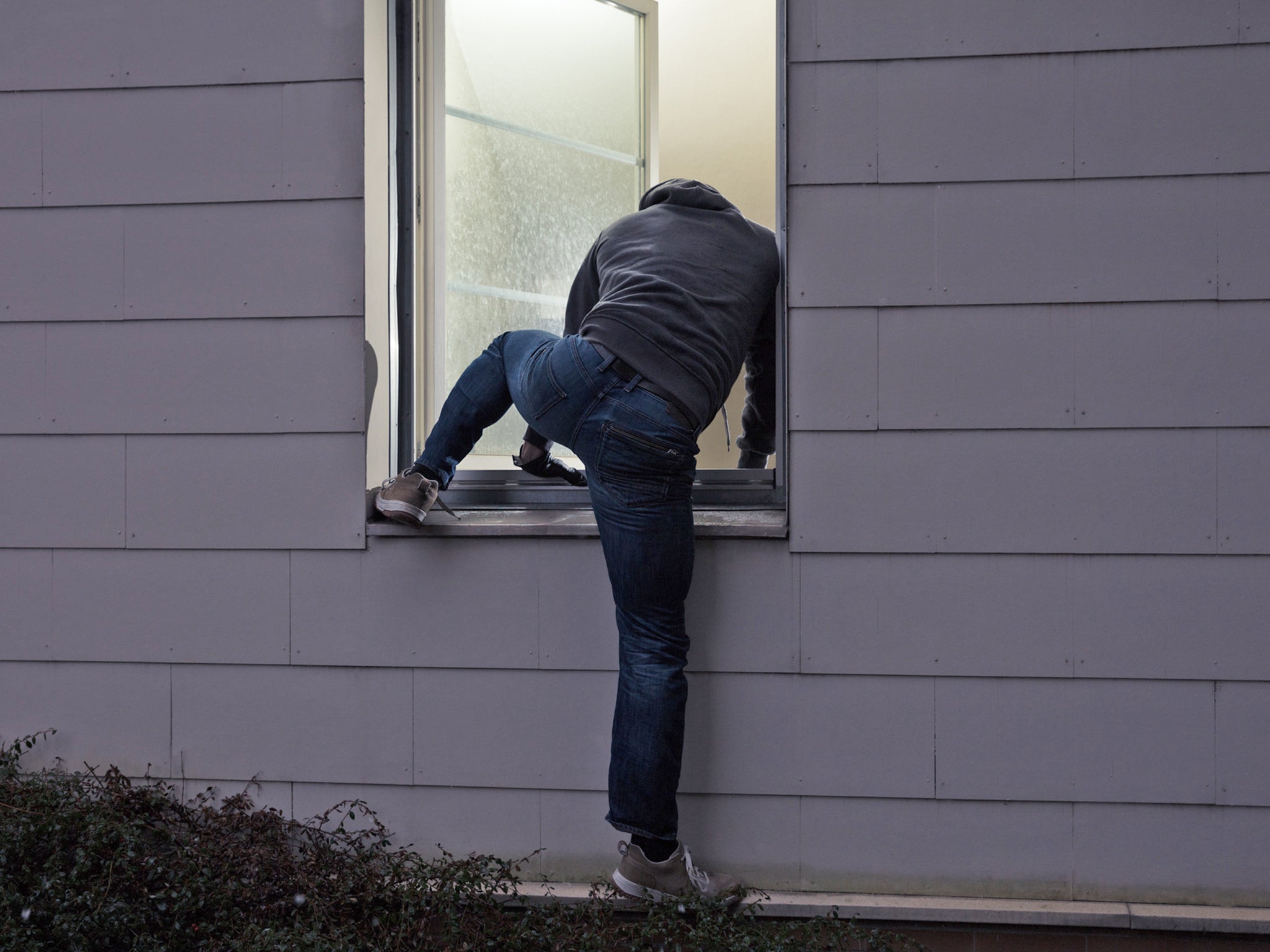Bacteria ‘signatures’ could be used to trace burglars, scientists say
Research suggests microbes left at crime scenes have potential as forensic tool to help bring criminals to justice

Your support helps us to tell the story
From reproductive rights to climate change to Big Tech, The Independent is on the ground when the story is developing. Whether it's investigating the financials of Elon Musk's pro-Trump PAC or producing our latest documentary, 'The A Word', which shines a light on the American women fighting for reproductive rights, we know how important it is to parse out the facts from the messaging.
At such a critical moment in US history, we need reporters on the ground. Your donation allows us to keep sending journalists to speak to both sides of the story.
The Independent is trusted by Americans across the entire political spectrum. And unlike many other quality news outlets, we choose not to lock Americans out of our reporting and analysis with paywalls. We believe quality journalism should be available to everyone, paid for by those who can afford it.
Your support makes all the difference.Burglars could be caught by tracing the unique imprint of bacteria and other tiny creatures they leave at the scene of the crime.
The “microbial signature”, a technique being developed by a team of microbiologists and forensic experts, could become a new tool in the arsenal of law enforcement – alongside fingerprinting and DNA evidence.
Humans emit around 36 million microbial cells per hour, and these invisible emissions could provide a trail that leads to the perpetrator.
Though the work is still in its early stages, researchers are optimistic the National Institute of Justice-funded project could one day help bring criminals to justice.
In findings presented at the ASM Microbe conference in Atlanta, PhD candidate Jarrad Hampton-Marcell explained the concept of his team’s “Burglary Microbiome Project”.
The initial concept was sparked by another study that revealed the existence of a “home microbiome” – a community of tiny organisms unique to every household.
“This showed the microbiome is very much directed by the presence or absence of people in that immediate space,” Mr Hampton-Marcell, who is based at the University of Illinois, told The Independent.
“Then we did a couple of forensic studies looking at phones and shoes, and were able to show that your personal microbiome transfers to personal devices and you can relate the two.”
The next step was a series of pilot studies conducted in Fort Lauderdale houses in which the microbial signatures of fake crime scenes were analysed.
A crime scene investigator advised two “burglars” in how criminals operate in people’s homes.
“We actually came up with evidence that you could not only track individuals that had interacted with various surfaces, but you could also use databases to get lifestyle associations about those individuals,” said Mr Hampton-Marcell.
Based on these initial findings, the research team expanded their study to cover more homes in Chicago and Fort Lauderdale.
They ended up looking for bacteria that were solely present in one individual in comparison to the rest of the population in order to find a specific microbial fingerprint that would allow them to pinpoint individuals.
“That bacterium – it’s a marker, it’s only expressed in that one person,” he said.
“So then we were able to take those individually expressed markers for each individual and build a profile of unique microbial signatures.”
Using the data they acquired, Mr Hampton-Marcell and his collaborators were able to identify individuals who had entered homes with 70 per cent accuracy.
Dr George Duncan of Nova Southeastern University, who is one of the project’s principal investigators, brings his expertise as an ex-foresnic DNA investigator to the project.
Combining this knowledge of the practicalities involved in forensics, the researchers hope to develop their initial work into a functioning tool that can help the justice system.
“DNA will always be the gold standard – that’s never going to change,” said Mr Hampton-Marcell.
“But what lawyers try to do is put together a picture – maybe if DNA isn’t left behind or fingerprints are smudged, there is a good chance you’re going to leave behind this trace evidence.
“Then potentially we could use this as a forensic tool.”
With the DNA sequencing technology that enables investigators to analyse crime scene microbes getting increasingly cheaper, there is hope the new technology will prove affordable.
Mr Hampton-Marcell noted, however, that there is still “tons of work” to be done, as the scientists must first establish how long someone’s unique microbiome stays with them, and how long the bacterial remnants will remain at the crime scene.
Join our commenting forum
Join thought-provoking conversations, follow other Independent readers and see their replies
Comments